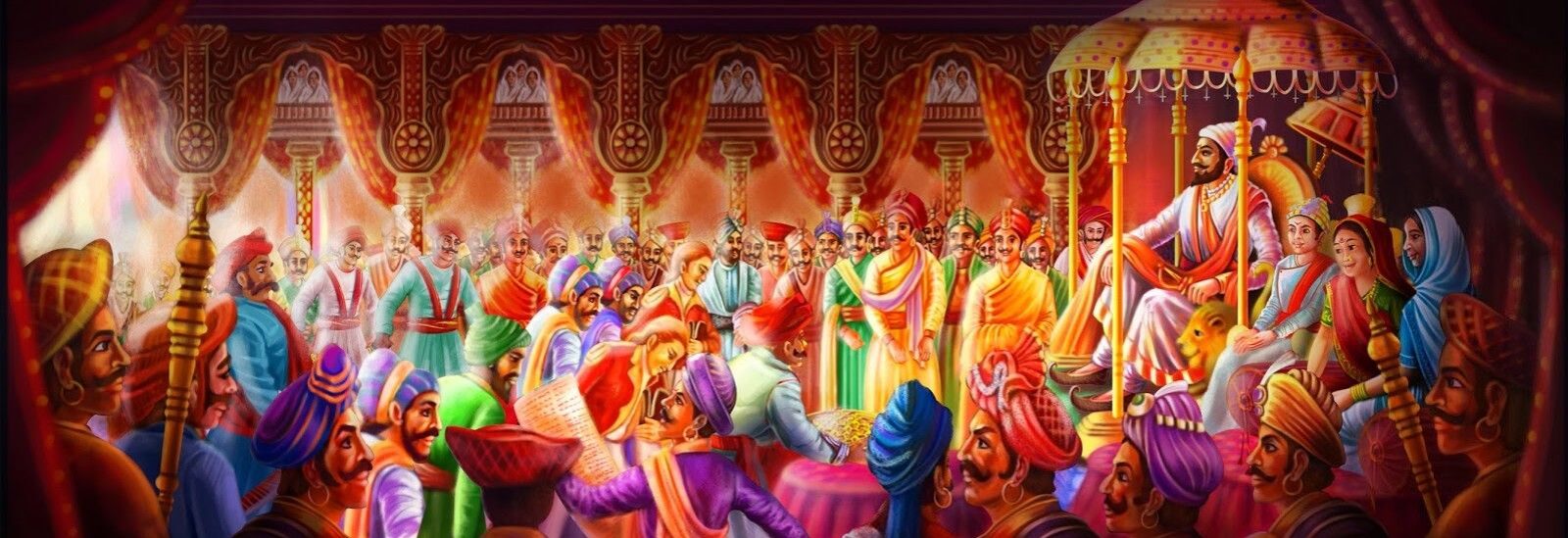Women had no share in their ancestral property. A woman was supposed to practice submissive wifehood and modesty. Women have to face many family and social problems such as marriage at an early age, limited education, no personal freedom, no security, family harassment. Sati was the worst condition for women and the practice was prevalent at that time. A woman could participate in family ceremonies and religious affairs only as long as her husband was alive. The second wife or the wife of an arranged marriage and her children were given second place. The first place was given to the first wife and her children.
At that time many gods and goddesses like village deity, clan deity (Kuldaivata), house deity, Vastu deity were worshipped, which is still done today. On many auspicious and inauspicious occasions, the gods and goddesses used to sacrifice and offer non-vegetarian food as per their custom. Taking vows to the gods and goddesses and paying them after they are completed and fasting on days and tithis like Sankashti, Chaturthi, Tuesday, Thursday, etc., were more popular as compared to today. Performing Hom Havan etc. is done to please the Gods and Goddesses and get their grace. At that time, black lore, tantra mantra lore, witchcraft, and exorcism were very prevalent. Unfortunately, some educated peasants still indulge in this superstition. At that time, the customs, traditions, festivals and celebrations of all religions were celebrated and except for a few exceptions, no person would interfere in anything, festivals or celebrations of other religions.


Pingback: Life Style (Part I) - Chatrappati Blogging